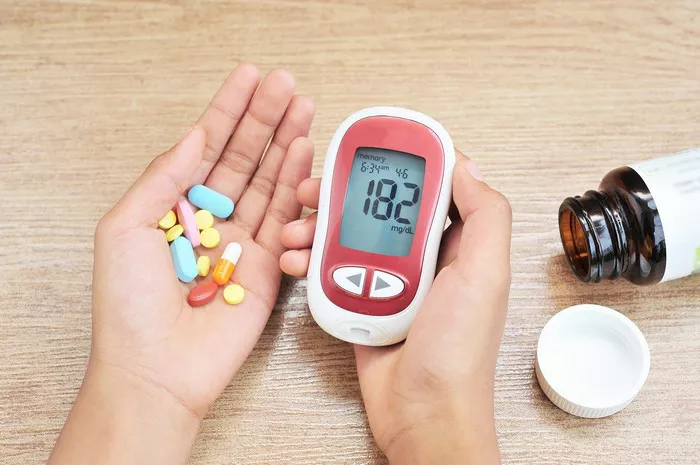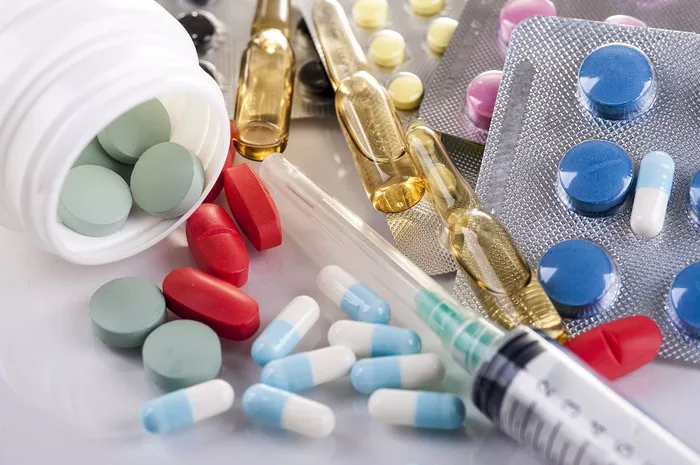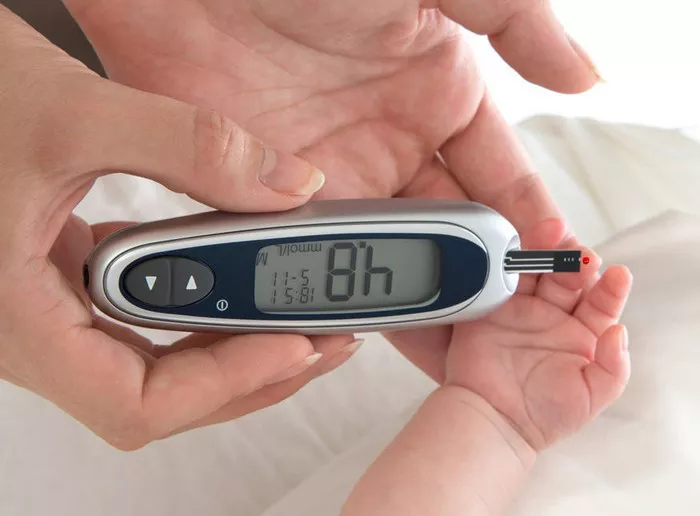In the realm of diabetes management, insulin remains a crucial therapeutic agent, helping individuals regulate their blood sugar levels and maintain overall health. Among the various insulin formulations available, Humulin and Novolin stand as two well-known brands, each offering different options for individuals with diabetes. Despite sharing similarities, these insulin products also exhibit differences in their formulations, onset, duration of action, and pharmacokinetic profiles. This article aims to delve into the intricacies of Humulin and Novolin, elucidating their distinctions to facilitate informed decision-making in diabetes care.
Understanding Insulin: The Foundation of Diabetes Management
Before delving into the specifics of Humulin and Novolin, it’s essential to grasp the fundamentals of insulin therapy. Insulin is a hormone produced by the pancreas that plays a central role in regulating blood glucose levels by facilitating the uptake of glucose into cells for energy production or storage. In individuals with diabetes, either the pancreas produces insufficient insulin (as in type 1 diabetes) or the body’s cells become resistant to the effects of insulin (as in type 2 diabetes), leading to elevated blood sugar levels and metabolic imbalances.
To address these issues, exogenous insulin therapy is often prescribed to supplement or replace the body’s natural insulin production. Insulin therapy aims to mimic physiological insulin secretion, providing basal (background) insulin coverage to maintain stable blood glucose levels between meals and bolus (mealtime) insulin to manage postprandial glucose spikes.
Humulin: A Trusted Brand with Multiple Formulations
Humulin, manufactured by Eli Lilly and Company, is a well-established brand of insulin that offers a range of formulations to meet diverse patient needs. Humulin insulins are biosynthetic human insulin formulations, meaning they are chemically identical to the insulin produced by the human body. As such, Humulin insulins are less likely to elicit immune responses or allergic reactions compared to animal-derived insulins.
The various formulations of Humulin include:
1. Humulin R (Regular Insulin): Humulin R is a short-acting insulin with an onset of action within 30 minutes, a peak effect occurring between 2 to 4 hours, and a duration of action lasting approximately 6 to 8 hours. It is commonly used to cover mealtime insulin needs and manage hyperglycemia in both type 1 and type 2 diabetes.
2. Humulin N (NPH Insulin): Humulin N is an intermediate-acting insulin with an onset of action within 1 to 2 hours, a peak effect occurring between 4 to 12 hours, and a duration of action lasting approximately 12 to 18 hours. It provides basal insulin coverage to control blood glucose levels between meals and overnight.
3. Humulin 70/30 (Mixed Insulin): Humulin 70/30 is a premixed insulin formulation containing 70% NPH insulin and 30% regular insulin. It offers both basal and bolus insulin coverage in a single injection, providing convenience for individuals with diabetes who require a simple dosing regimen.
4. Humulin U-500 (Concentrated Insulin): Humulin U-500 is a highly concentrated form of insulin containing 500 units/mL, five times the concentration of standard insulin formulations. It is indicated for individuals with severe insulin resistance who require high insulin doses to achieve glycemic control.
Novolin: An Alternative Option with Similar Formulations
Novolin, manufactured by Novo Nordisk, is another widely used brand of insulin that offers similar formulations to Humulin. Like Humulin, Novolin insulins are biosynthetic human insulin formulations designed to mimic the body’s natural insulin production. Novolin insulins are available in various formulations to meet the diverse needs of individuals with diabetes.
The different formulations of Novolin include:
1. Novolin R (Regular Insulin): Novolin R is a short-acting insulin with an onset of action within 30 minutes, a peak effect occurring between 2 to 4 hours, and a duration of action lasting approximately 6 to 8 hours. It is used to cover mealtime insulin needs and manage hyperglycemia in both type 1 and type 2 diabetes.
2. Novolin N (NPH Insulin): Novolin N is an intermediate-acting insulin with an onset of action within 1 to 2 hours, a peak effect occurring between 4 to 12 hours, and a duration of action lasting approximately 12 to 18 hours. It provides basal insulin coverage to control blood glucose levels between meals and overnight.
3. Novolin 70/30 (Mixed Insulin): Novolin 70/30 is a premixed insulin formulation containing 70% NPH insulin and 30% regular insulin. Similar to Humulin 70/30, it offers both basal and bolus insulin coverage in a single injection for added convenience.
Key Differences Between Humulin and Novolin
While Humulin and Novolin share many similarities as biosynthetic human insulin formulations, several differences set them apart. These differences include:
1. Manufacturers: Humulin is manufactured by Eli Lilly and Company, while Novolin is manufactured by Novo Nordisk. Although both companies produce biosynthetic human insulin formulations, variations in manufacturing processes, quality standards, and packaging may exist between the two brands.
2. Formulation Specifics: While the basic formulations of Humulin and Novolin (regular insulin, NPH insulin, and premixed insulins) are similar, subtle differences may exist in their excipients, stabilizers, and preservatives. These differences may affect factors such as shelf life, storage requirements, and injection comfort.
3. Onset, Peak, and Duration of Action: While the onset, peak, and duration of action of individual formulations (e.g., regular insulin, NPH insulin) are generally comparable between Humulin and Novolin, slight variations may occur due to differences in manufacturing processes or formulation components. Healthcare providers should consider these nuances when adjusting insulin regimens or switching between brands.
4. Packaging and Delivery Devices: Humulin and Novolin insulins are available in vials and insulin pens for subcutaneous injection. The choice of packaging and delivery devices may vary depending on patient preferences, ease of use, and healthcare provider recommendations.
Clinical Considerations and Patient Preferences
When selecting between Humulin and Novolin, healthcare providers should consider individual patient factors, preferences, and treatment goals. Factors to consider include:
1. Insulin Regimen: The choice of insulin regimen (e.g., basal-bolus, premixed insulin) should align with the patient’s lifestyle, meal patterns, activity level, and glucose monitoring capabilities.
2. Injection Comfort: Some patients may prefer the convenience of insulin pens for subcutaneous injection, while others may prefer traditional vials and syringes. Healthcare providers should assess patient preferences and provide appropriate education and training on insulin administration techniques.
3. Cost and Insurance Coverage: Cost considerations and insurance coverage may influence the choice between Humulin and Novolin. Patients should consult with their healthcare providers and insurance providers to explore available options and coverage benefits.
4. Storage Requirements: Humulin and Novolin insulins have specific storage requirements, including temperature and duration of use after opening. Patients should be educated on proper storage practices to ensure insulin efficacy and safety.
Conclusion: Navigating Insulin Therapy Options
In conclusion, Humulin and Novolin are two well-established brands of biosynthetic human insulin formulations that offer various options for individuals with diabetes. While both brands share similarities in their formulations and pharmacological profiles, subtle differences may exist in their manufacturing processes, excipients, and packaging. Healthcare providers should consider individual patient factors, preferences, and treatment goals when selecting between Humulin and Novolin, ensuring optimal glycemic control and patient satisfaction. With appropriate education, support, and collaboration between patients and healthcare providers, individuals with diabetes can effectively navigate insulin therapy options and achieve improved outcomes in diabetes management.
























